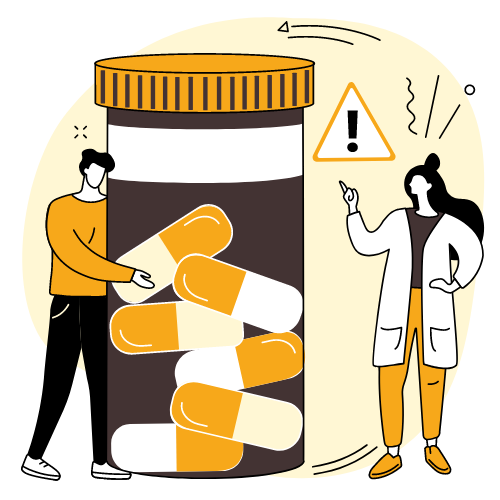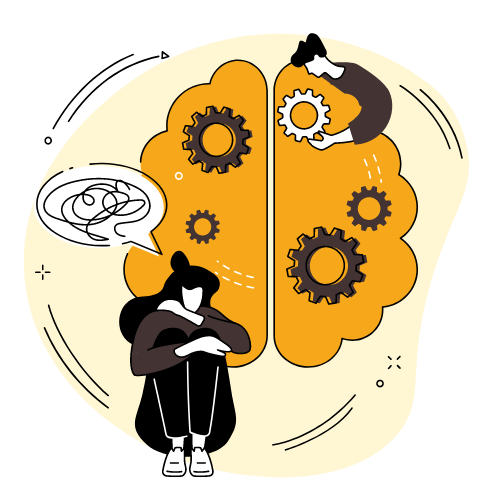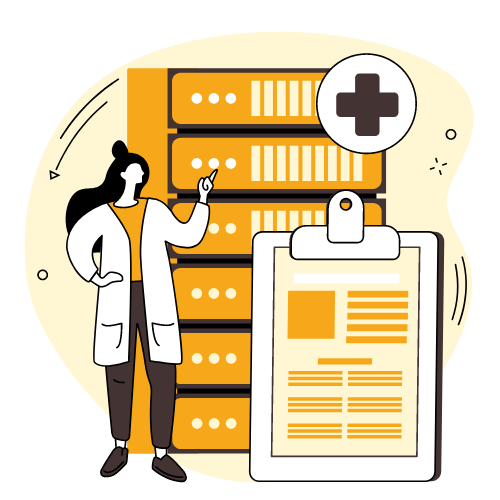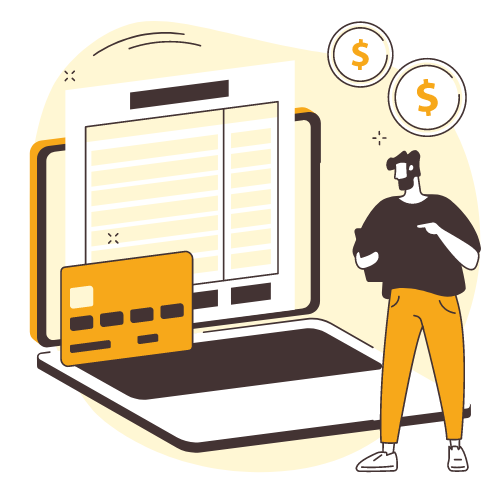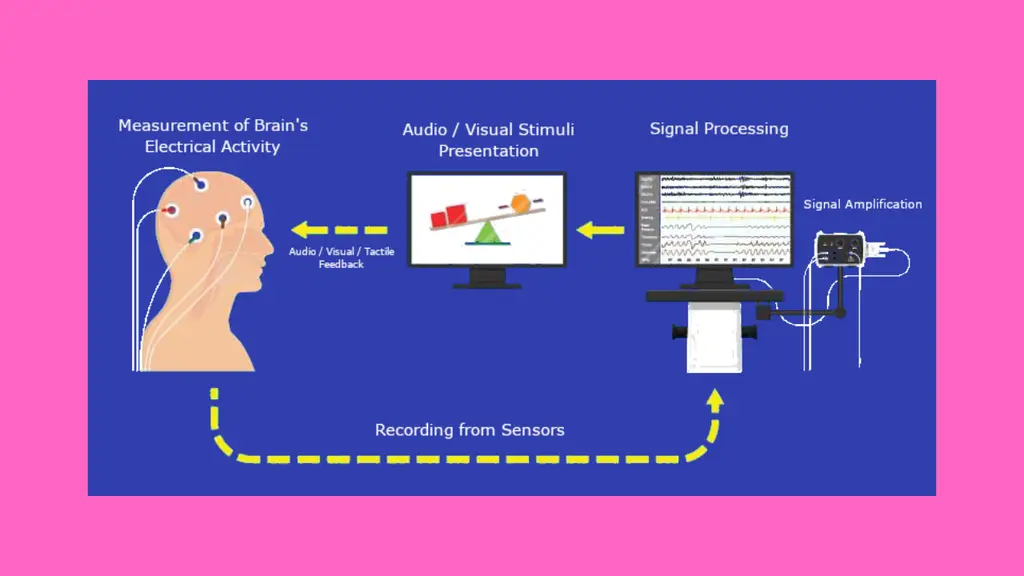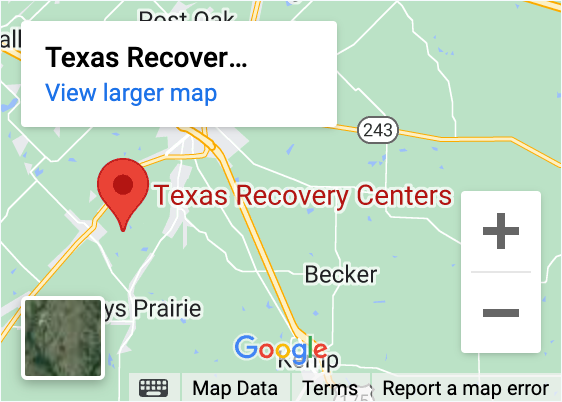In the journey towards overcoming addiction, innovative therapies have emerged to complement traditional treatment methods, offering new hope and avenues for healing. Among these, neurofeedback has gained attention for its potential to address the neurological underpinnings of addiction. This blog explores what neurofeedback is, how it works, and its efficacy in the context of addiction treatment.
Understanding Neurofeedback
Neurofeedback, also known as EEG biofeedback, is a non-invasive therapy that aims to teach individuals to alter their brain activity. It’s grounded in the principle of neuroplasticity—the brain’s ability to change and adapt in response to experiences. By monitoring brain waves through electrodes placed on the scalp, neurofeedback provides real-time feedback to the user about their brain’s activity, allowing them to learn how to regulate dysfunctional patterns.
How Neurofeedback Works
During a neurofeedback session, sensors are attached to the scalp to measure the brain’s electrical activity. This data is displayed on a screen that both the practitioner and the client can see. The client then engages in exercises or games designed to promote specific brain wave patterns. For instance, a client may watch a movie that only plays when their brain generates more of a certain desirable wave pattern, effectively rewarding the brain for changing its activity. Over time, these exercises aim to normalize brain function, helping to reduce or alleviate symptoms associated with various conditions, including addiction.
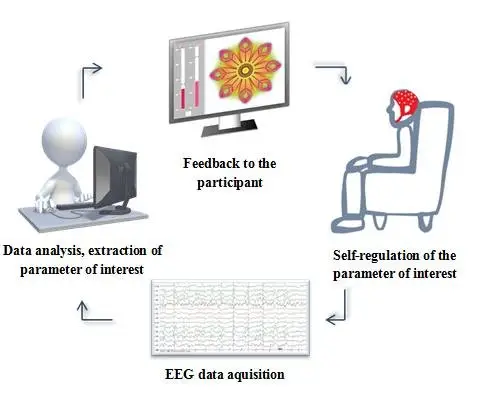
Neurofeedback and Addiction Treatment
Addiction is often characterized by altered brain activity, particularly in areas related to reward, motivation, and impulse control. Traditional addiction treatments focus on the psychological and social aspects of addiction, but neurofeedback offers a unique approach by targeting the brain’s dysregulated activity directly.
The Role of Neurofeedback in Addressing Addiction
- Regulating Reward Systems: Many addictive substances and behaviors overstimulate the brain’s reward system, leading to a dependency on these external stimuli for pleasure and satisfaction. Neurofeedback can help recalibrate the brain’s response to rewards, reducing the compulsive need for the addictive substance or behavior.
- Improving Emotional Regulation: Individuals with addiction often struggle with emotional regulation, making them more susceptible to using substances or behaviors as coping mechanisms. Neurofeedback can enhance self-regulation skills, helping individuals manage stress, anxiety, and other emotions more effectively.
- Enhancing Cognitive Function: Addiction can impair cognitive functions such as attention, memory, and decision-making. By promoting healthier brain wave patterns, neurofeedback can improve these cognitive abilities, supporting better decision-making and reducing impulsivity.
- Reducing Cravings and Relapse Risk: Preliminary research suggests that neurofeedback may help diminish cravings and lower the risk of relapse by stabilizing the brain’s activity and improving psychological resilience.
Evidence and Efficacy
While neurofeedback is a promising tool in the arsenal against addiction, it is important to note that research is ongoing, and it is typically used in conjunction with other treatment methods, such as therapy and medication. Studies have shown positive outcomes for individuals with substance use disorders, including reduced cravings and improved mental health, though more research is needed to fully understand its efficacy and optimal protocols.
Understanding Neurofeedback Training for Opiate Addiction
Opiate addiction is a tough battle for many, and finding effective treatments is crucial for recovery. A study published in 2013 explored an interesting approach called neurofeedback training, which might help people struggling with opiate addiction. Here’s a simpler breakdown of what this study found and what it means.
What’s Neurofeedback Training?
Think of neurofeedback training like a video game for your brain. Patients wear sensors on their head, and these sensors show their brain activity on a screen. Just like learning to get better at a video game, patients learn to change their brain activity through exercises. The goal? To help their brain work better and reduce their craving for opiates.
The Study
The researchers looked at 20 people getting treatment for opiate addiction with common medications like Methadone or Buprenorphine. These folks were split into two groups. One group just continued their medication, and the other group got to add neurofeedback training to their treatment plan. This second group had 30 sessions of this special brain training.
What They Found
After the training, the group that did neurofeedback showed several positive changes:
- Feeling Better Physically and Mentally: They reported fewer physical symptoms related to stress and a significant drop in feelings of depression.
- Thinking Clearer and Feeling More Positive: Overall, their mental health seemed to improve.
- Less Craving for Opiates: They felt less of a need to use opiates, both in terms of wanting the high and needing it to avoid withdrawal symptoms.
Why It Matters
This study suggests that neurofeedback training could be a helpful addition to the usual medication treatments for opiate addiction. It’s like giving the brain a workout to help it heal from addiction, reducing the desire for drugs and improving overall mental health. This could be a big deal for people trying to overcome opiate addiction, offering them another tool to get better.
In simpler terms, neurofeedback training is like teaching the brain to calm down and not crave opiates so much, making it easier for people to recover from addiction. It’s a hopeful approach that could help many in their journey towards healing.
Integrating Neurofeedback into Addiction Recovery
For those considering neurofeedback as part of their recovery journey, it is vital to seek out qualified practitioners who have experience with addiction treatment. A comprehensive assessment should be conducted to determine the most appropriate treatment plan, which may include neurofeedback along with other therapeutic modalities.
Get Help Today
Neurofeedback represents a cutting-edge approach to addiction treatment, offering a complementary method to traditional therapies by directly targeting the brain’s activity. While not a standalone solution, its potential to facilitate lasting change by enhancing brain function and emotional regulation makes it a valuable component of a holistic treatment strategy. As research continues to evolve, neurofeedback could play an increasingly significant role in helping individuals reclaim their lives from addiction.
At Texas Recovery Centers, our neurofeedback therapy program in Texas is designed to significantly boost our patients’ likelihood of achieving lifelong sobriety. We incorporate neurofeedback therapy within our comprehensive addiction treatment program to address all facets of addiction along with any concurrent mental health issues. Contact us today at 888.354.2194 to discover more about our neurofeedback therapy and its potential to empower you or someone you care about to live a fulfilling and joyful life.


